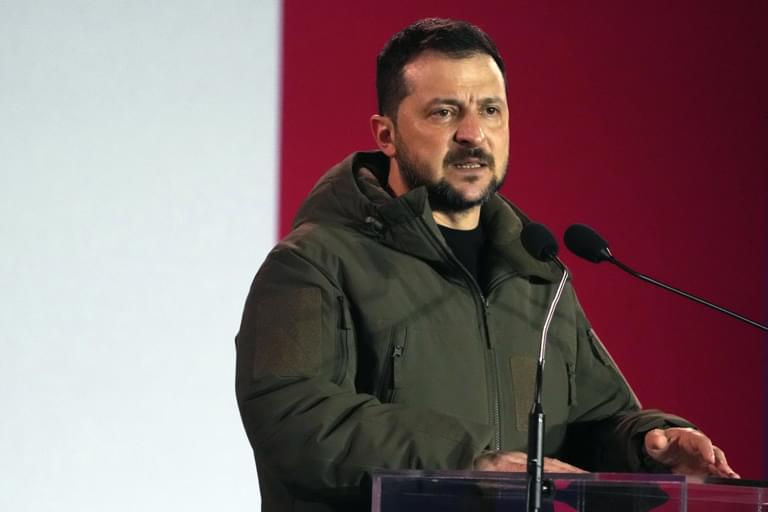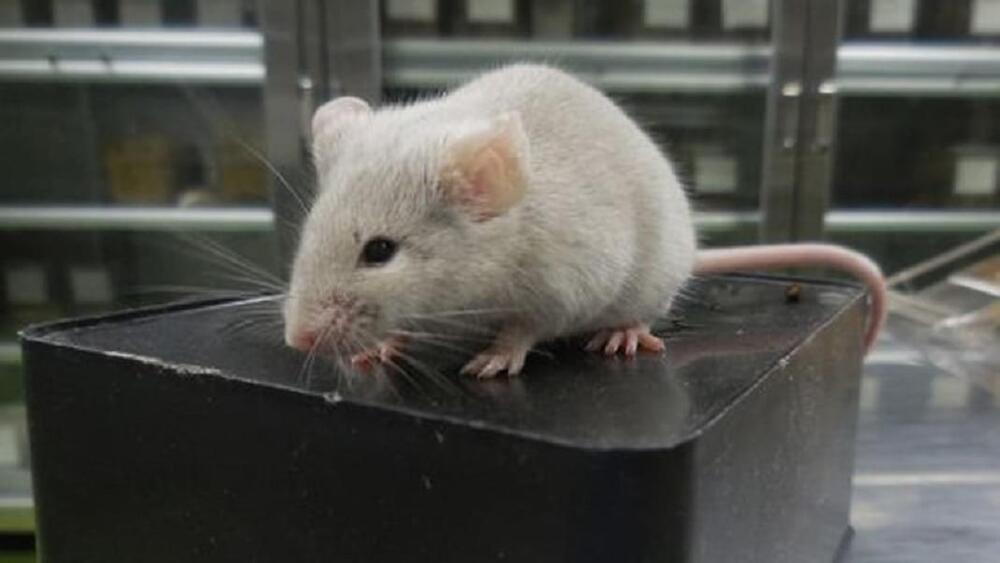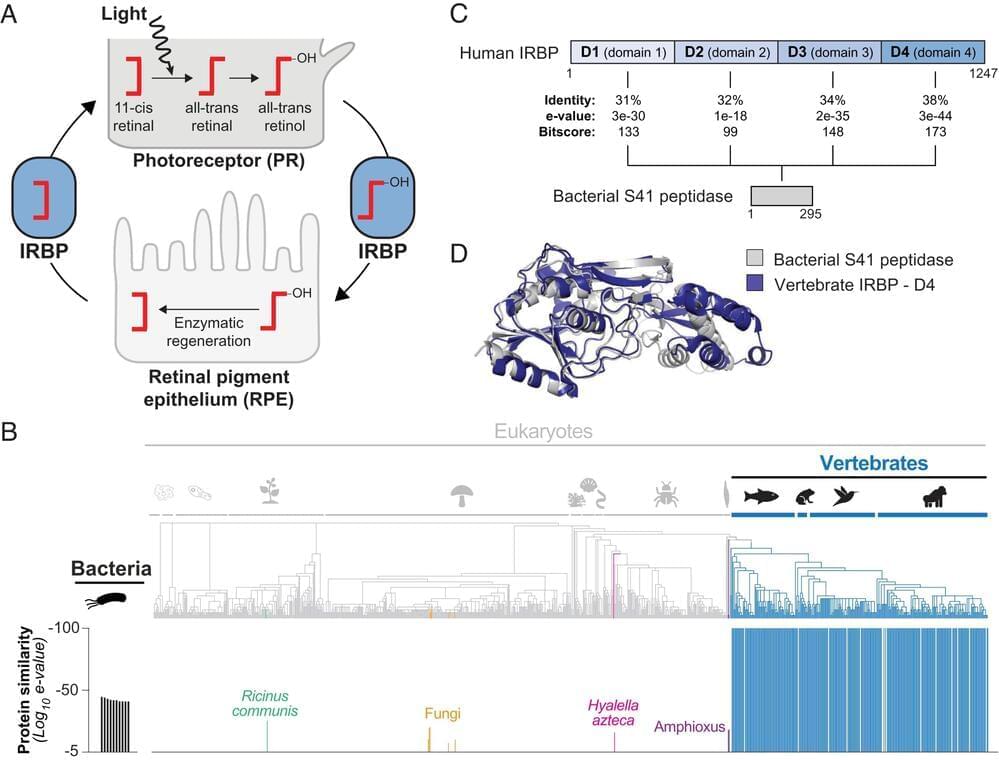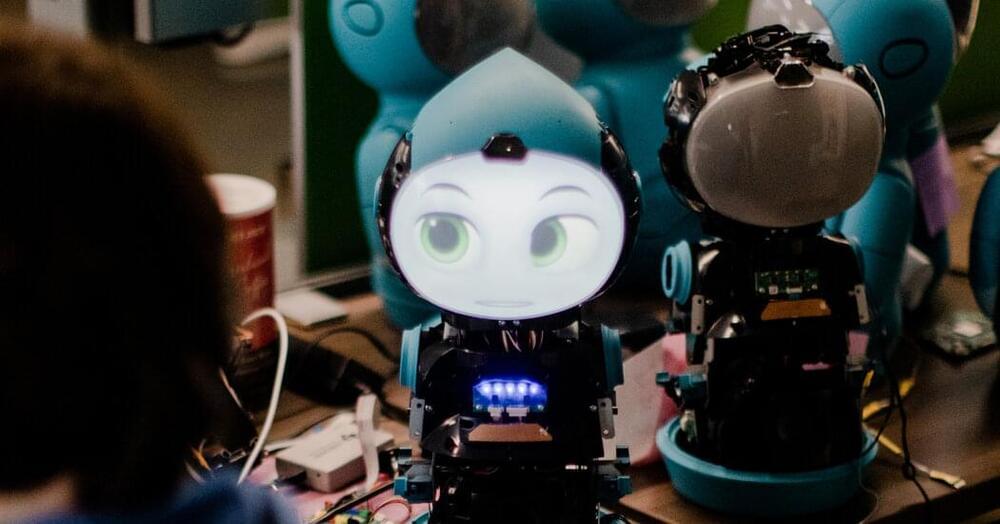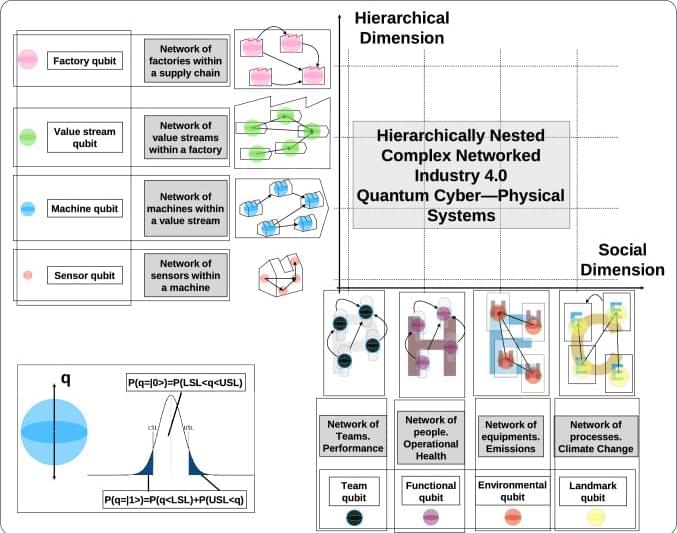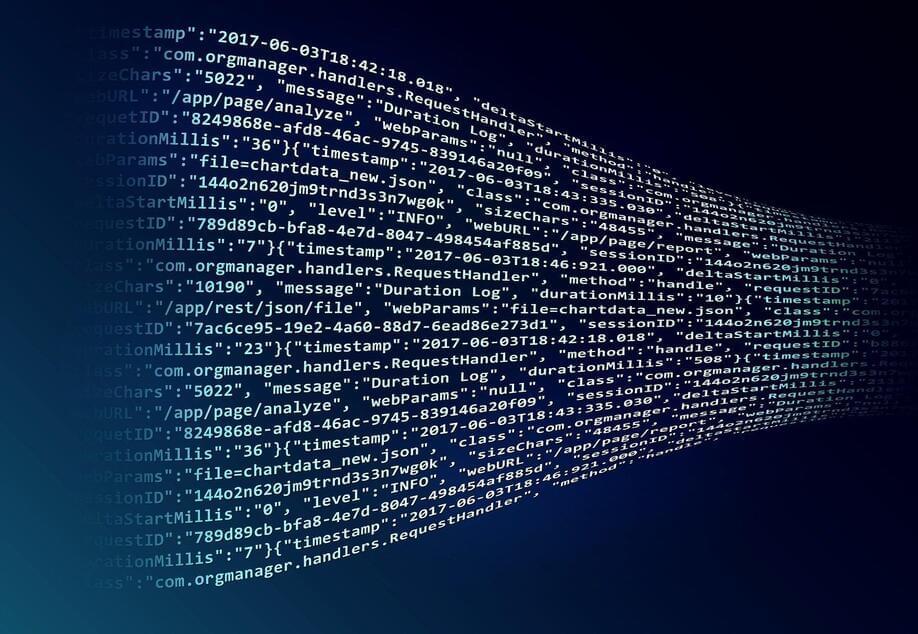Apr 12, 2023
Ukraine to probe video allegedly showing soldier’s beheading
Posted by Eric Klien in categories: government, military
One thing that is not really making the news is that South Korea is becoming a major military power. For example, France has recently committed to providing 2,000 155 mm shells to Ukraine per month, as reported at https://kyivindependent.com/france-to-double-supply-of-155-m…o-ukraine/. Meanwhile, South Korea has just committed to providing 500,000 155 mm shells to Ukraine in one big batch as reported at https://www.msn.com/en-gb/news/world/south-korea-to-lend-500…r-AA19LIgJ. (They are giving the shells to the U.S. who will then give the same quantity of shells to Ukraine.
By Hyonhee Shin SEOUL (Reuters)-South Korea has reached an agreement to lend the United States 500,000 rounds of 155mm artillery shells that could give Washington greater flexibility to supply Ukraine with ammunition, a South Korean newspaper reported on Wednesday. The DongA Ilbo newspaper cited unidentified government sources as saying South Korea decided to “lend” the ammunition instead of selling, to minimise the possibility of South Korean shells being used in the Ukraine conflict.
